Art for Tolstoy and Aristotle / Art in Video Games
Thought Activity:
Attempting to choose video games that best represent Tolstoy and Aristotle's views / interpretations of Art.
Briefly tackling and paraphrasing Tolstoy's interpretation, art is what holds us together as a society; it holds us in this moment and connects us across time. Art is a means of union in an increasingly disconnected society. For Aristotle, art is about the cathartic experience and purging those emotions that we all have inside. Choosing a particular game that adheres to the somewhat diverging interpretations of art, provided by Aristotle and Tolstoy, is no easy task. Most games have the ability to provide a cathartic experience for the player because it immerses them in a setting, fictional or real, and allows them to experience events in, what amounts to, an out-of-body experience. This catharsis, in turn, is somewhat symbiotic: it has the ability to establish Tolstoy's sense of unity, a something which holds us from moment to moment, connecting different people across contrasting walks of life. The validity of this statement has grown in direct proportion with video-game technology. With each console, starting almost prehistorically with the Atari 2600, most developers have been striving towards incorporating more elements of what is considered art by critics through the inclusion of realistic characters and environments, compelling accompanying soundtracks, and moving plots that unfold in a very novel-like manner.
For Aristotle, it can be said that most video games allow us to purge an emotion. This emotional purge comes regardless of whether it’s a survival-horror game, a Role-Playing Game (RPG), or practically any other type of game across the broad spectrum of genres; the emotional experience that is inherent in the genre (happiness, sadness, excitement) will, in most cases, be felt by the player as that is the intention of the developer. Choosing a single, best example for this would, for me, be Final Fantasy 7. As a player, you experience a full range of emotions as you experience the lengthy narrative — from the excitement of riding your first chocobo (a happy, yellow bird used for fast-travel; riding is accompanied by a cheerful, country-themed tune) to the sadness that every player felt at a scene so memorable that doesn’t even need to be mentioned. Final Fantasy 7 runs a full spectrum of emotions, experienced by the player, and subsequently proves the player with a means of cathartic expression as each experience must be seen through the protagonist's (read: the player's) eyes.
For Tolstoy, the sense of union that he describes is best experienced in a Massively Multiplayer Online Role Playing game (MMORPG or MMO) because of the inherent, harmonious energy that players experience through working together to achieve similar goals. In MMOs such as World of Warcraft, Lord of the Rings Online, and Everquest, the message is always clear: the player is always working towards something because it will do x for you and the people on your side. There are professions to better yourself with, reputations to be more favorable in the eyes of your peers, and money that is rewarded to you for completing a good deed. Through MMOs, you are essentially working towards becoming better. Maybe not so much a better person, but you’re always becoming better at something and this sense of community, this sense of union, establishes a harmony that falls in line with Tolstoy's view of art.
